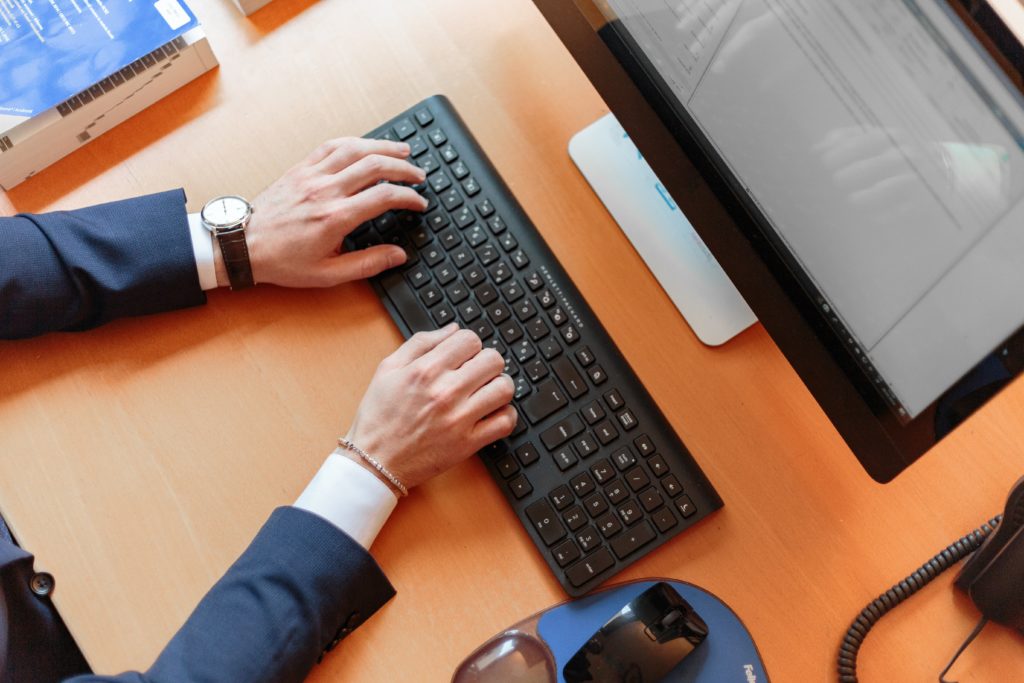With the advent of the Modern UI for SharePoint, is it worth fully migrating to the new version? Today we’ll take a look at both Modern and Classic UIs for SharePoint and see whether you should make the jump.
Main Differences
The first big difference we’ll look at is that Modern team sites are connected to Office 365 groups, whereas Classics aren’t.
Groups let you choose a set of people that you wish to collaborate with and easily set up a collection of resources for those people to share; resources like a shared Outlook inbox, shared calendar or a document library for collaborating on files. You don’t have to worry about manually assigning permissions to all those resources because adding members to the group automatically gives them the permissions they need to the tools your group provides. Office 365 Groups are different from SharePoint groups in that they span across multiple Office 365 resources, are more flexible, and are easier to work with. You can easily add people to a group or just share the site with individuals by clicking Settings, then Site permissions on your site.
Another big feature of the Modern UI is that sites created with this new experience will be ready to go for Mobile as well.
SharePoint Home and Branding
With Modern UI, your Office 365 homepage now gets a section for News, Quick links, Site Activity, and a Document library instead. You’ll also be presented with news from sites you visit frequently, as well as suggested news. On top of this, if your admin enables the option, Modern lets you create sites and news posts right from the homepage. You can read more about news, sites, and portals in SharePoint here.
If your company has invested in branding its SharePoint team sites, then your Classic sites might have themes, CSS, and master pages. While these elements are not supported in Modern, the new UI does offer easier ways in customizing and branding your site. For instance, if all you want is to match your site’s colors to that of the company’s logo, it’s easier than ever to change themes with the Modern UI. For more custom options, however, you’ll need to go back to Classic.
Other homepage differences include faster site provisioning, in-line editing of the quick start menu, and more.
Lists and libraries
The lists and library experience has received an overhaul in handling the most common tasks. Through the new command bar, you can copy and move files, pin documents, add files as links, filter and sort easily, and apply formatting to columns. This makes it a faster and easier experience, and it displays much better in mobile browsers when compared to Classic.
The new Lists and Library experience lets you:
- Create new folders and upload folders the same way you do in OneDrive, using the command bar instead of the ribbon.
- Pin documents to the top to highlight them.
- Add files as links instead of copying them between sites.
- Easily add, reorder, resize, sort, filter, and group columns, and create custom views.
- Quickly change file info, and easily access previews and additional details.
Improve the display of lists with column formatting and list view formatting.
- Add rich location data from Bing Maps or your organization directory.
The new experience supports the themes, navigation, and custom buttons that were created in the classic experience. However, some features can only be used in the classic experience.
It’s also worth noting that if you’re using Internet Explorer 10 or earlier, the new list and library features won’t be available to you.
However, certain features are exclusive to the Classic UI. Those include:
- Ribbon toolbars
- Some view features (such as Item Totals, Custom Styles, multiple web parts, etc.)
- Certain navigation features (Tree view, per-location views, and customized navigation links on publishing sites)
- Some column types (External data columns, geolocation columns, publishing columns)
- Some customizations (some List templates, Customize in InfoPath, MDS, CustomActions, etc.)
- Other features (Content organizer, Follow, Limited-access user permission lockdown mode
If you’re already running the Modern UI, turning on certain features described above (such as Columns Types) will automatically switch you from Modern to Classic UI. If you want to switch between classic and modern views of lists and libraries, it’s also possible to do so. See how here.
Come back next week for Part 2!

